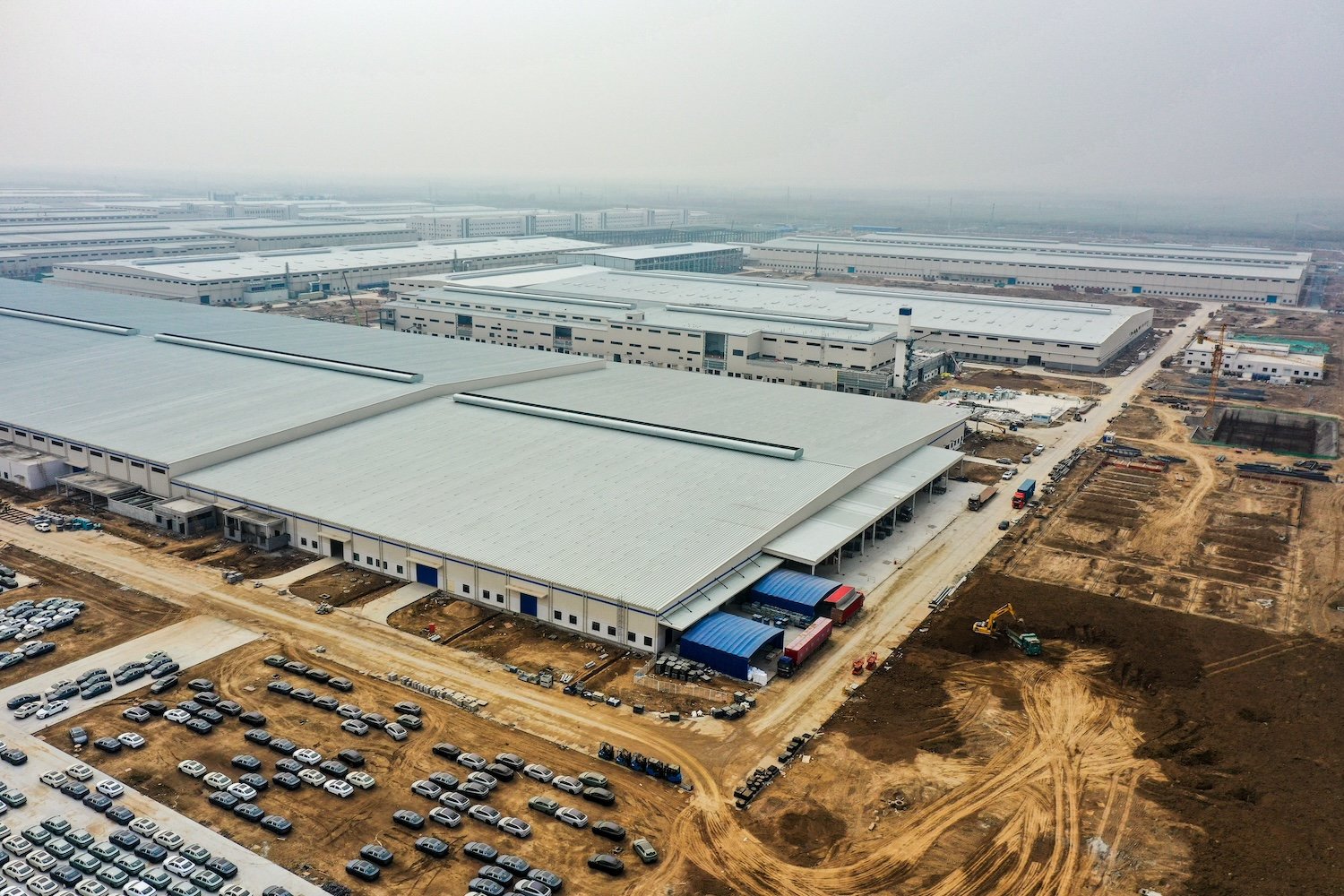According to Bernt Børnich, CEO of Norwegian robotics startup 1X, the company is planning to initiate early testing of its humanoid robot, Neo Gamma, in a limited number of homes, ranging from a few hundred to a few thousand, by the end of 2025.
In an interview with TechCrunch at Nvidia GTC 2025, Børnich stated, “We are introducing Neo Gamma into homes this year, and we invite early adopters to participate in the development process. Our goal is for the robot to learn and live among people, which requires individuals to take Neo into their homes and help us teach it how to behave.”
Recently, there has been a surge in interest surrounding humanoid robots for the home, with several companies making notable announcements.
Figure, a competitor to 1X based in the Bay Area, announced in February that it would commence alpha testing of its humanoid robot in homes in 2025. Shortly thereafter, Bloomberg reported that Figure was in discussions for a significant funding round, potentially valued at $40 billion. Additionally, OpenAI, an investor in 1X, is reportedly exploring the development of its own humanoid robots.
The introduction of heavy metal robots into people’s homes raises significant concerns for the emerging industry. Similar to autonomous vehicle startups, the stakes are high, and the situation can escalate quickly if not managed properly.
However, Børnich is transparent about the fact that Neo Gamma is still in the early stages of development and far from achieving commercial scalability and autonomy.
Although Neo Gamma utilizes AI to walk and balance, it is not yet fully capable of autonomous movement. To facilitate in-home testing, 1X is relying on teleoperators, who are humans in remote locations that can view the robot’s cameras and sensors in real-time and take control of its limbs.
The in-home tests will enable 1X to collect valuable data on Neo Gamma’s performance in a home environment. Early adopters will contribute to the creation of a large dataset, which 1X can use to train its in-house AI models and enhance Neo Gamma’s capabilities.
While 1X is backed by OpenAI, the company trains its core AI technology in-house. Occasionally, 1X collaborates with partners, including OpenAI and Nvidia, to co-train AI models.
The collection of data from microphones and cameras within people’s homes and the subsequent training of AI models on this data raise significant privacy concerns. A company spokesperson stated that customers have control over when a 1X employee can access Neo Gamma’s surroundings, whether for auditing or teleoperation purposes.
Unveiled in February, Neo Gamma is the first bipedal robot prototype that 1X plans to test outside of a laboratory setting. Compared to its predecessor, Neo Beta, Neo Gamma features an improved onboard AI model and a knitted nylon body suit designed to reduce potential injuries from robot-to-human contact.
During a demo at GTC, 1X showcased Neo Gamma’s ability to perform basic tasks in a living room setting, with partial assistance from a human operator. The robot successfully vacuumed, watered plants, and navigated the room without colliding with people or furniture. However, the demo was not without issues, as the robot began shaking and eventually collapsed into Børnich’s arms, which a 1X employee attributed to spotty Wi-Fi and low battery.
Similar to Figure’s plans, details about 1X’s early adopter program remain unclear. The company has yet to disclose its go-to-market strategy for Neo Gamma, although it has established a waitlist on its website. It is challenging to envision how using Neo Gamma at home will function without teleoperation. A spokesperson stated that 1X will provide a more comprehensive explanation at a later date.
While a limited number of people may have the opportunity to try an early, human-assisted version of Neo Gamma this year, it appears that we are still several years away from the widespread availability of autonomous humanoid robots that can be purchased off the shelf.
Source Link





